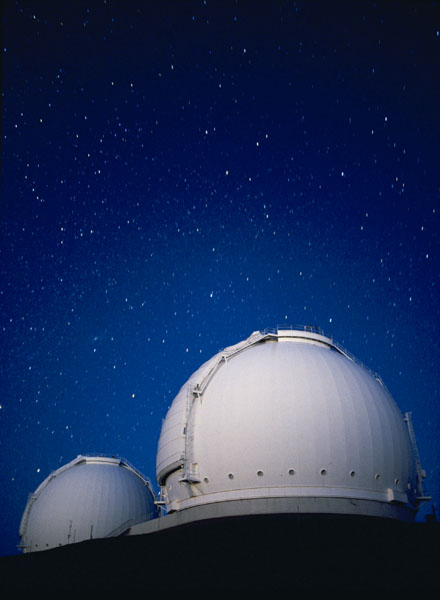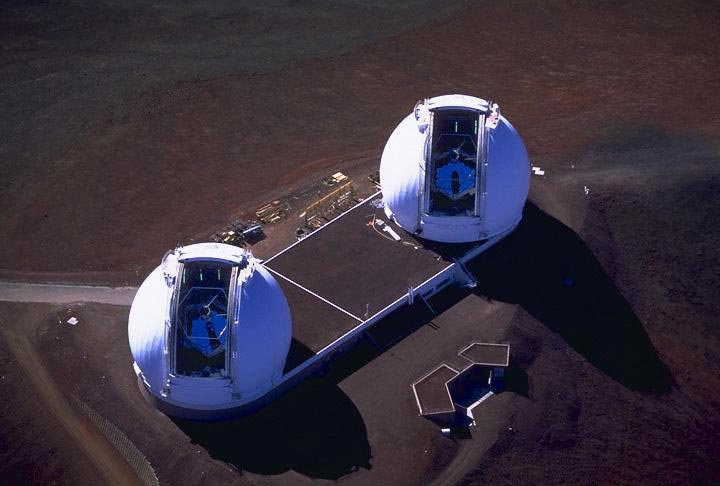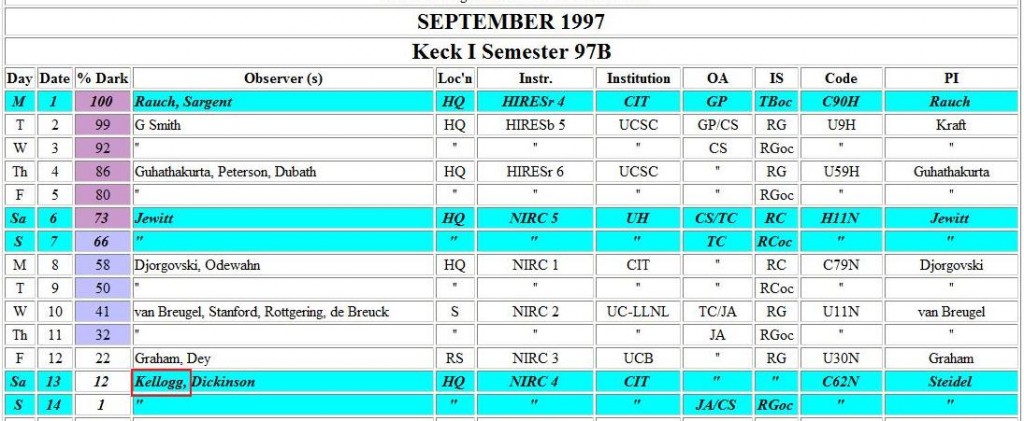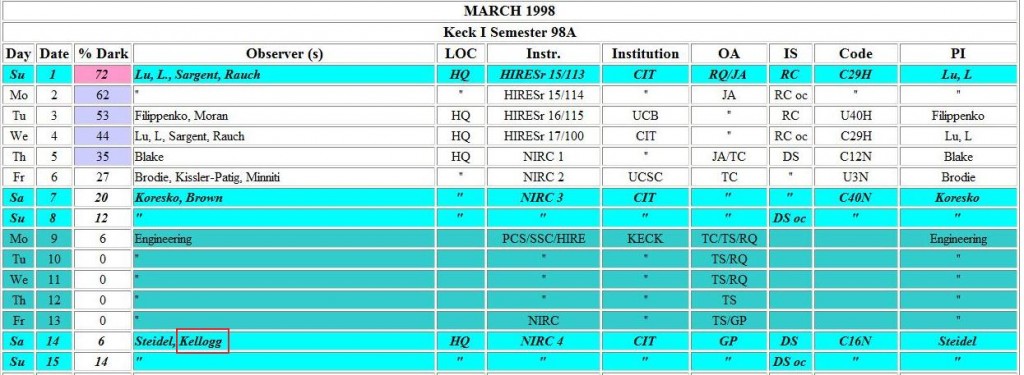Hawaii
Nobody was more surprised than I at my academic success at UCSB!
It took me eight years working hard at minimum wage jobs to rise to the level of “graveyard shift Denny’s waitress.” And although I did extremely well in my physics course at SDSU, I knew that UCSB was a much more competitive school. SDSU did not even require SAT scores (I could not afford the SAT fee in high school, and so I had not taken them) for admission. I took the SATs when I was 23 years old, in preparation for applying for a scholarship in the UC school system.
I fully expected to be a ‘C’ student at UCSB, and was amazed that I was the top student, often receiving ‘A+‘s in the very difficult upper-division physics courses. I was awarded the Outstanding Senior Award by the Physics department upon graduation. I graduated “summa cum laude” (with highest honors). I knew that I could get into any graduate school that I wanted.
Much to the surprise (well, disappointment actually) of some of my professors, rather than applying to Harvard, Yale, Stanford or Princeton. I applied to just one graduate school: the University of Hawaii at Manoa.
What they did not understand is that I had spent eight years living in a rather wretched state of poverty. And I had to live in ugly parts of the city where rents were affordable. Knowing I had a ticket to any graduate school I desired, I chose to go to one that was in the most beautiful place on earth: Hawaii. I wanted to live in a beautiful environment.
The University of Hawaii (UH) is not a very prestigious school, but it does have one department that is quite excellent, their Astronomy department. Because Hawaii has the best location in the world for building telescopes (the summit of Mauna Kea on the Big Island), every institution that builds a telescope there is required to give some of that telescope time to the University of Hawaii.
The Institute for Astronomy (IfA) at UH has access to the best telescopes in the world, and so naturally the IfA attracts top astronomers to be professors, and the graduate students have unprecedented access to each and every telescope built there.
And so I pursued a career in Astronomy. I absolutely LOVED observing (except occasionally at 3 am when I would have given anything to be asleep rather than awake all night long…).

These are the telescopes located at the top of Mauna Kea, on the Big Island of Hawaii, circa 1994. This summit provides the best viewing in the world of the sky, due to its high altitude, the low moisture content and the stillness of the air above, as well as the frequently clear weather.

During the time I did Astronomy, the largest telescope in the world was the Keck telescope, the mirror is 10 meters in diameter. They built two of them, side-by-side. I was fortunate enough to observe on the Keck telescopes at least a dozen times.

Here is another view of the Keck Telescopes from above, with the observatory top open so that the large hexagonal mirrors can be seen.
For more information on the Keck telescopes see here: http://keckobservatory.org/about/the_observatory
To see my name on some of the old observing schedules go here: http://www2.keck.hawaii.edu/observing/scheds.html
I do have a tendency to leave environments which I find hostile. In fact, had I a car or anywhere to go, I would have left Jeff Rense within the first week of moving in with him, as the hostility of that environment was immediately apparent.
I would find that the field of Astronomy has some professionals, especially in the upper echelons, who are rather sexist, sort of like taking a time machine back 50 years. I had a problem with sexism that was handled extremely poorly by one of these professionals. It led to two women leaving the Astronomy Ph.D. program at the IfA, me and a good friend and office mate there, Marni Krismer. I left after spending one full academic year there. Marni had already been there for a year before me, and so she was at least able to leave with her M.S. degree, although she was extremely smart and talented and her leaving the Ph.D. program was a huge loss to the field.
To this day, I still feel badly for disappointing my VERY NICE, VERY WONDERFUL, NOT-IN-THE-LEAST-BIT-SEXIST advisor, Professor Alan Stockton, and leaving behind my best friend in Hawaii, fellow graduate student and collaborator, Gabriela Canalizo, now an Associate Professor of Astronomy at UC Riverside.
I continued to work for Alan Stockton for the next year, remotely from Orcas Island, doing data reduction and going on one observing trip to Keck. He was extremely kind in letting me work for him, as it gave me an income to live on as I figured out what to do next.
The available observing schedules do not go all the way back to when the telescope was first in use, Keck I saw “first light” in May 1993. I first observed there with Stockton, Ridgway, and Canalizo – we were one of the first groups to use Keck I. Here is my old group getting telescope time after I was with my new astronomy group at Caltech:
And sometimes I and my fellow graduate student, Kurt Adelberger, went in place of Steidel, as Steidel’s wife had just given birth to premature twins and he needed to stay in Pasadena, and so we do not appear on the schedule, but we were the ones who went and did the observing. Notice Stockton is listed again. I was with Stockton’s group from 1994 – 1996, and Steidel’s group from 1996 – 1998:
Here are some examples of when my name is outright listed on the available observing schedules:
Copyright 2012 by Melinda Jane Kellogg; All Rights Reserved







